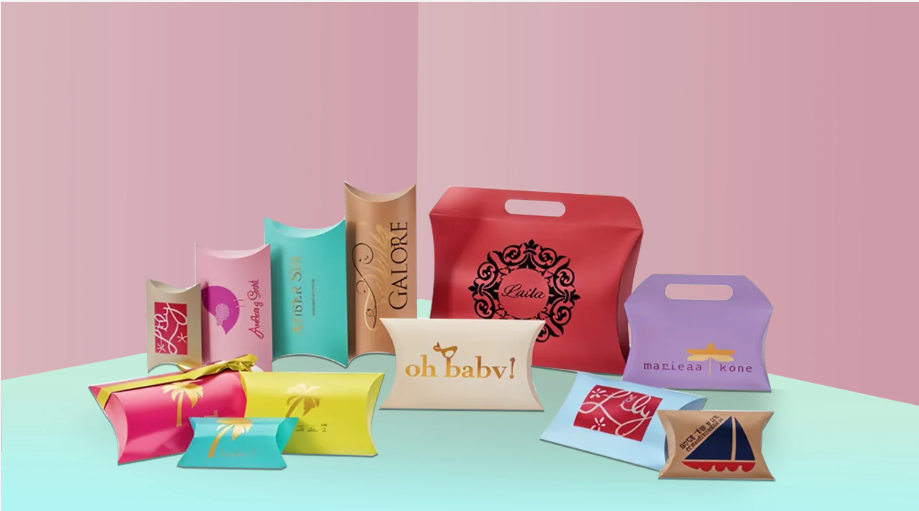
Best Water Purifiers for Indian Homes
Choosing the best water purifiers for Indian homes is essential to ensure clean and safe drinking water, given the varying water qualities in different regions. Purifiers help reduce harmful contaminants and improve taste, making them a necessary investment for every household.
Importance of Water Purification in India
India faces diverse water challenges including chemical contamination and microbial impurities. Purification ensures water is safe for health. Without it, families risk diseases from pathogens, heavy metals, and pollutants.
Clean drinking water supports immunity and overall well-being. Purification removes chlorine, iron, arsenic, and nitrates. This protects both children and adults from long-term health issues caused by untreated water.
In areas with poor municipal supply or groundwater issues, purification is vital. It adds a safety layer before water reaches your glass. Regular filtration also improves water`s odor and appearance.
With rising awareness, more Indian homes are adopting purifiers. From urban flats to rural households, the need for clean, purified water is now widely recognized and prioritized.
Types of Water Purifiers
Reverse Osmosis (RO) purifiers are common in areas with high TDS levels. They use membranes to filter salts, metals, and impurities from hard water sources such as borewells.
UV water purifiers use ultraviolet light to kill bacteria and viruses. They are effective in urban homes with low TDS municipal water but cannot remove dissolved solids or chemicals.
UF purifiers use ultra-filtration without electricity. Ideal for homes with low TDS and visible particles, they remove bacteria but not dissolved chemicals or viruses in the water.
Multi-stage purifiers combine RO, UV, UF, and activated carbon. They provide comprehensive purification and are best suited for families looking for all-in-one protection from contaminants.
RO vs. UV vs. UF – Which One to Choose?
RO is best for water with high Total Dissolved Solids (TDS) above 500 ppm. It reduces hardness, salts, and metal toxins, making it suitable for groundwater and borewell sources.
UV purifiers are ideal for low TDS water from municipal sources. They deactivate microbes without changing the water`s mineral content or taste. It’s energy-efficient and low-maintenance.
UF purifiers work without electricity and are useful in homes where water contains large particles or bacteria. However, they’re not suitable for dissolved salts or hard water.
Choosing depends on your water source. If unsure, a water test can guide you. For varied impurities, consider a purifier with RO+UV+UF combination for maximum protection.
Best Brands for Indian Homes
Kent offers a wide range of RO and UV purifiers tailored for Indian water conditions. Their after-sales support and brand reputation make them a household favorite nationwide.
Aquaguard by Eureka Forbes is known for innovation and durability. Their purifiers often feature advanced technologies like Active Copper and UV e-boiling for added safety.
Livpure offers sleek, space-saving models ideal for Indian kitchens. Their purifiers come with mineralizers to retain essential nutrients while ensuring clean, drinkable water.
HUL Pureit delivers affordable, effective purifiers for families of all sizes. Their wide service network and quality assurance make them one of India’s top water purifier choices.
Features to Look for in a Water Purifier
TDS controller helps retain essential minerals in RO-purified water. It’s a key feature that ensures water is not only clean but also healthy to consume.
Multiple purification stages ensure complete protection. A combination of RO+UV+UF with activated carbon is ideal for removing dissolved salts, chemicals, and microbial contaminants efficiently.
Storage capacity matters in power-cut prone areas. Opt for models with at least 7-10 liters storage if you have a large family or frequent electricity interruptions.
Filter change indicators and service alerts help maintain purifier efficiency. These features avoid usage of expired filters and ensure consistently safe drinking water.
Water Source and TDS Level
Municipal water generally has low TDS and may only need UV or UF purification. These purifiers are cost-effective and maintain natural taste while removing germs.
Borewell water typically has high TDS with harmful salts. RO is necessary to reduce hardness and eliminate heavy metals such as lead, mercury, and arsenic effectively.
Mixed-source water or tank supplies may need a combination system. RO+UV+UF systems tackle both chemical and biological threats, ensuring comprehensive purification for varying water quality.
TDS meter helps you determine the correct purifier. Test your water before buying. Choosing based on TDS ensures cost-efficiency and effective purification for your household.
Maintenance and Filter Replacement
Regular filter changes ensure consistent performance. Most RO filters last 6–12 months depending on water quality. UV lamps may need replacement every 12 months as well.
Check service availability in your area. Brands with strong service networks make maintenance easier. Prompt support helps avoid downtime and health risks from unclean water.
AMC (Annual Maintenance Contracts) are useful for hassle-free upkeep. They cover part replacements, servicing, and reduce long-term repair costs, ensuring smooth purifier operation year-round.
Always follow manufacturer guidelines for cleaning and filter changes. Neglecting maintenance can lead to clogged filters, foul odor, and compromised water safety.
Smart Features and Technology
Digital displays show TDS levels, filter life, and alerts. These smart features help users monitor purification status and ensure timely maintenance.
Smartphone connectivity is emerging in advanced purifiers. It helps track water consumption, monitor filter status, and request service through app notifications.
Mineral boosters and copper infusion technology are now common. These enrich water with essential minerals, improving taste and adding health benefits to every glass.
Some models come with child locks and night assist. These features enhance convenience and safety, especially in families with kids or elderly members at home.
Budget-Friendly Options
Many brands offer budget purifiers under ₹10,000 with reliable features. UF and UV models are usually more affordable and suit basic water quality needs.
RO models with fewer stages can still be effective. Entry-level RO purifiers provide safe drinking water while being friendly on your pocket, ideal for small families.
Local brands sometimes offer economical options with good purification. Just ensure proper certification and read reviews before purchasing to avoid subpar build or poor service.
Long-term savings come from reliable products. Spending a little more on a trusted brand can reduce maintenance, avoid health risks, and increase product life significantly.
Environmental Impact and Water Wastage
RO systems waste some water during purification. On average, 2–3 liters are wasted per 1 liter purified. Newer models now have water recovery technology to reduce this impact.
To minimize wastage, collect rejected water for cleaning or gardening. This makes your home more eco-conscious and reduces the guilt of wasted resources.
Choose purifiers with high recovery rates. Brands now highlight water-saving features in their models to attract environmentally aware consumers.
Conscious use and timely maintenance also reduce water loss. Leaky pipes, poor filters, and improper usage increase waste. Check regularly for efficient and eco-friendly usage.
Installation and Space Requirements
Wall-mounted purifiers save space and suit compact kitchens. They are convenient for small apartments and can be fixed above countertops for easy access.
Countertop purifiers are easy to install. They require no drilling and suit tenants or temporary setups. However, they may occupy more workspace in the kitchen.
Ensure a water inlet nearby before purchase. Most purifiers need continuous water supply and proper drainage, so check these basics before finalizing a model.
Some models need voltage stabilizers. If your area has frequent power fluctuations, choose stabilizer-compatible units to avoid damage and ensure steady operation.
Government Regulations and Certifications
Look for ISI and BIS certified products. These certifications guarantee safety and quality standards set by Indian authorities and recognized testing labs.
NSF and WQA certifications are global standards. Imported models or premium purifiers often display these marks, indicating global trust and high safety benchmarks.
Brands must follow CPCB guidelines for water purifier waste disposal. Proper disposal of filters and RO reject water reduces environmental harm and aligns with national standards.
Always read user manuals for compliance. Ensure your purifier is installed by certified technicians for warranty validation and safety assurance for your home.
Final Buying Tips
Assess your family size and daily water needs. Larger families need bigger storage and faster purification, while singles or couples can manage with compact units.
Read customer reviews and watch demo videos. These offer real-world insight into purifier performance, service, and durability which product specs may not fully reveal.
Compare warranty and AMC offerings. A good purifier isn’t just about features but also post-purchase support, which can make or break your long-term experience.
Always test your water source before buying. Matching the purifier to your water type ensures better health, longer machine life, and cost-effective results.





















About Admin
This post has been published by the admin of our website, responsible for content management, quality checks, and providing valuable information to our users.